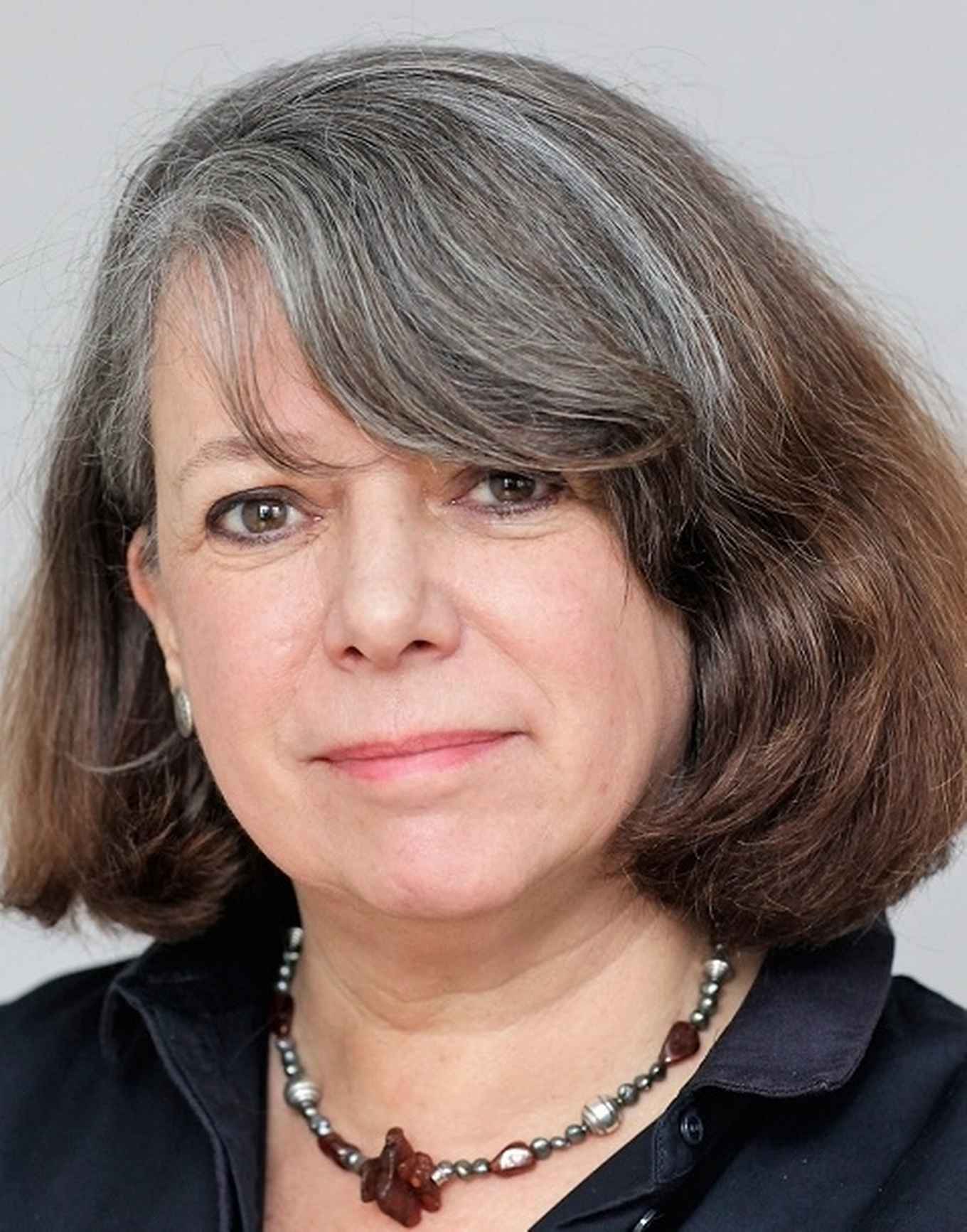Erma Hermens, Rijksmuseum Professor of Studio Practice and Technical Art History
14 March 2018

Hermens’ chair at the UvA complements her appointment as senior researcher in Technical Art History at the Rijksmuseum. This dual post is meant to strengthen the close collaboration between the Faculty of Humanities and the Rijksmuseum in the interdisciplinary field of Technical Art History. In addition to teaching in the Master’s programme in Technical Art History, Hermens will contribute more broadly to the Art History Post- and Undergraduate programme.
The Act of Making
Erma Hermens’ research concerns the act of making in all its facets, going beyond a taxonomic identification of techniques and materials into contextual and conceptual influences on the production of art. Although specialising in painting techniques used from the Renaissance right up to the modern period, she works across disciplines: focus areas include the workshop as the environment for the choreography of making; artists materials, including trade, availability, affordances and limitations; science and experimentation, knowledge exchange and collaboration, as well as changes in the physical object over time. She is especially interested in the mechanisms of technical and material cross-overs between various artistic disciplines, the concept of authenticity, and in technical art history as a methodology for object-based research.
Hermens’ specialisation, technical art history is often described as a collaboration between art historians, conservators and conservation scientists, but recent developments using methodologies from fields including anthropology, history of science and material culture, encourage a broadening of this definition. While an increasingly important role is given to scientific analytical methods to identify the material-technical facets of art production, to contextualise and interpret these data, research from within the humanities is, according to Hermens, crucial. This, together with the use of reconstruction and re-enactment, leads to a more comprehensive approach in assessing analytical data and plays a significant role in the interpretation of the objects’ materiality, meaning, use and function.
About Hermens
Hermens holds Master’s degrees in Art History and Italian and a PhD in Art History from Leiden University, and has also been trained and worked as a painting conservator. In 2016 she was appointed senior researcher in Technical Art History at the Rijksmuseum. She is a member of the Scientific Committee of the Netherlands Institute for Conservation, Art and Science (NICAS), where, together with Prof Sven Dupré (Utrecht University), she heads the Technical Art History strand. From 2006-2016 she was senior lecturer at the University of Glasgow, where she developed the MA programme in Technical Art History and supervised several PhDs.
In 2013 she was awarded a prestigious British Academy Mid-Career Fellowship Grant to research the Florentine Medici archives on workshop practice, on which she is preparing a monograph. She was a visiting professor at Renmin University, Beijing, and the Autonomous New University of Mexico (UNAM) in 2013, and at Columbia University (NYC) in 2016, in the Making and Knowing Project (2015-2018), for which she is on the advisory board. In 2017 she was a guest lecturer at the Harvard Summer Institute for Technical Studies in Art (SITSA). She is a partner in a Horizon 2020 Marie Curie Sklodowska Innovative Training Network titled ‘New Approaches in the Conservation of Contemporary Art’.
Hermens is on the advisory board of the ArtTechne project, University of Utrecht, and is on the steering committee of the Mobility Creates Master (MoCMa) network (CATS, Copenhagen). She has published widely, is editor-in-chief of the peer-reviewed ArtMatters, International Journal for Technical Art History, and works largely with interdisciplinary teams, combining art historical and contextual research with scientific analytical data. In 2017 she coordinated the technical research for the Matthijs Maris exhibition at the Rijksmuseum and co-authored the book Matthijs Maris at Work.
Together with Prof. Davide Iannuzzi (Prof. in Experimental Physics, Dept. of Physics and Astronomy, Vrije Universiteit Amsterdam) she is working on the use of Nano-indentation techniques on crack-formation in paintings. She recently received two NWO funded NICAS grants: one for the project Imaging, Identification and Interpretation of Glass in Paint (I3GlassP); the second for a joint project with Prof. Joost Batenburg (CWI), CT for Art: from Images to Patterns (IMPACT4ART).